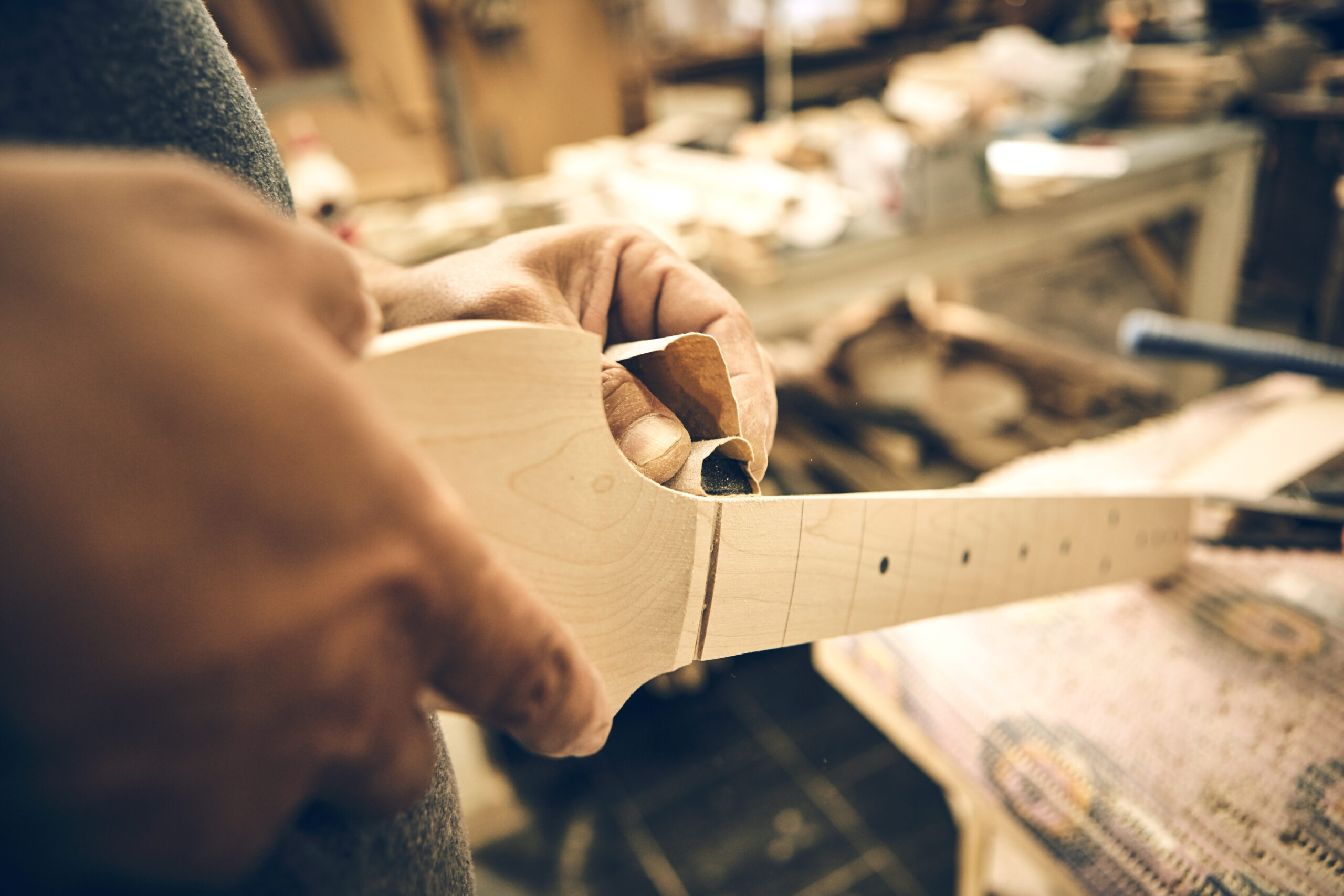
In business, there will likely be a time when a change in product or process is necessary. Sometimes, it can be the supplier that makes the request. There is an industry-standard practice for how this takes shape called a Supplier Request for Engineering Approval (SREA).
Overview: What is a SREA?
A Supplier Request for Engineering Approval is a process that serves to formally request a permanent change be implemented to a process or product.
3 Benefits of a Supplier Request for Engineering Approval (SREA)
There are understandable reasons why a supplier submitting a SREA is common practice, as they provide clear benefits:
1. Documented approval
A SREA provides documented approval to implement a permanent change. Having this documentation is a vital safeguard and reference point for what changes are being proposed.
2. Prevents chaos
Deciding to move ahead with permanent changes without following the process of proper authorization can create chaos for the company as well as its customers.
3. A roadmap for upkeep
Having a Supplier Request for Engineering Approval can be a useful go-to ledger for reliability and durability test scheduling once the change is made.
Why is a SREA important to understand?
A Supplier Request for Engineering Approval (SREA) is important to understand for a few reasons:
Industry standard
An SREA is common, as it is the communication tool between manufacturing companies and suppliers to meet supplier-initiated permanent change.
Prevent adverse change
By understanding SREA, you can prevent supplier changes that could adversely affect your company.
Customer dissatisfaction
By not understanding SREA, your company could miss out on necessary changes that ultimately affect customer satisfaction and brand image.
An industry example of a SREA
A guitar manufacturer has a wood supplier that supplies guitar necks that the manufacturer then bolts together to guitar bodies before being shipped off to instrument stores. The supplier wants to implement new machines that will offer an increase in quality. The supplier furnishes the manufacturer with a SREA for approval.
The problem with this from the manufacturing side, is that the guitars that they manufacture are meant to be exact replicas of an iconic 70s electric guitar. While the machine change will technically increase the quality level, it will be beyond the scope of what would have been possible during production in the 70s. The manufacturer has major concerns about consumers then seeing the instruments made with the better equipment as being inauthentic.
Ultimately, the manufacturer rejects the supplier’s SREA.
The supplier takes this under consideration and redrafts the SREA, which now shows how the new equipment can be limited in such a way as to guarantee the exact same guitar necks as the older machinery. The new equipment will just be able to do the job quicker and with less need for constant repair. This redrafted SREA is approved by the manufacturer.
3 best practices when thinking about a Supplier Request for Engineering Approval (SREA)
If you are the supplier and are looking to pitch a SREA, here are some practices to keep in mind:
1. Make an implementation timeline
Making an implementation timeline that shows proper work planning using PPAP can aid in getting approval.
2. Demonstrate need
Demonstrating why the change is necessary with the appropriate data and graphical representation can be very convincing.
3. Self checking
Using Failure Modes and Effects Analysis (FMEA) and the Production Part Approval Process (PPAP) as self checks can help guarantee success with a SREA.
Frequently Asked Questions (FAQ) about a SREA
When is SREA started?
SREA starts after the supplier makes the decision to change. It is absolutely not to be begun prior to approval.
What kind of changes do a SREA not apply to?
An SREA does not apply to temporary changes. For temporary changes, the Supplier Deviation Process is more applicable.
What are some situations where a SREA is required?
Permanent changes in manufacturing location, process sequence, or control plan generally all require an SREA.
Making Sense of a Supplier Request for Engineering Approval (SREA)
Whether you are the person that an SREA gets handed to for the sign-off or you are the supplier requiring the approval, having a firm grasp of a SREA is necessary. It needs to be understood what the document’s purpose is and what it covers. Not handling one properly can be detrimental for both sides of the supply chain as well as for the customer base.